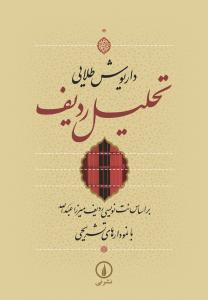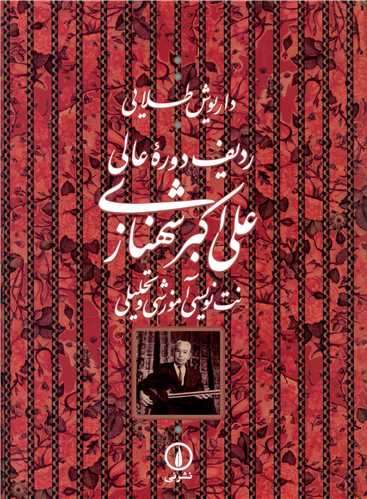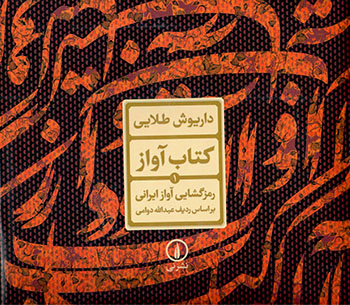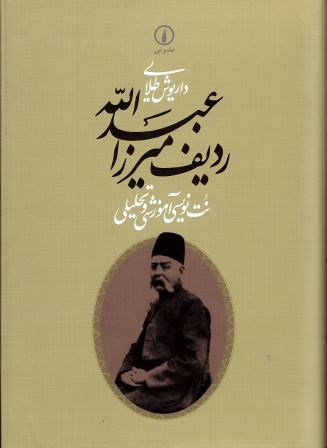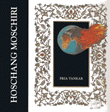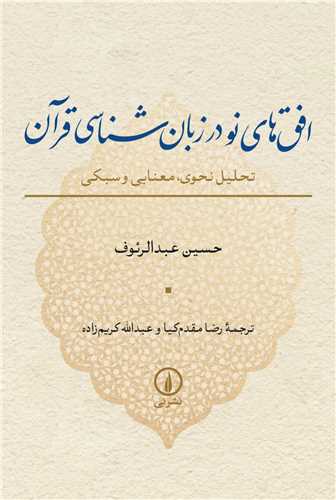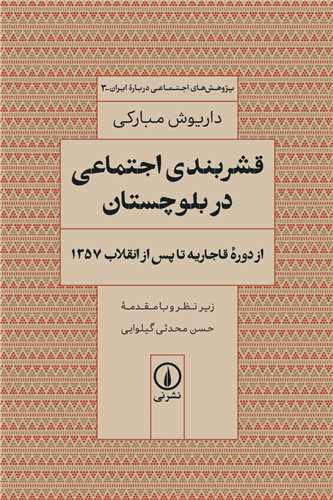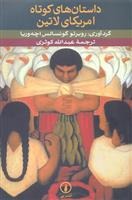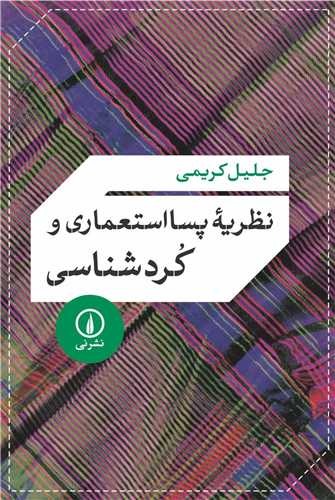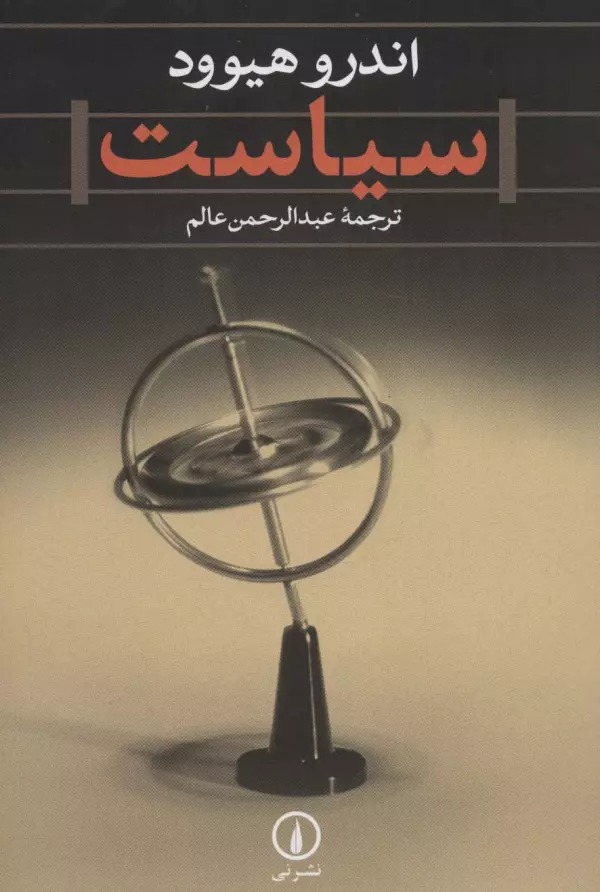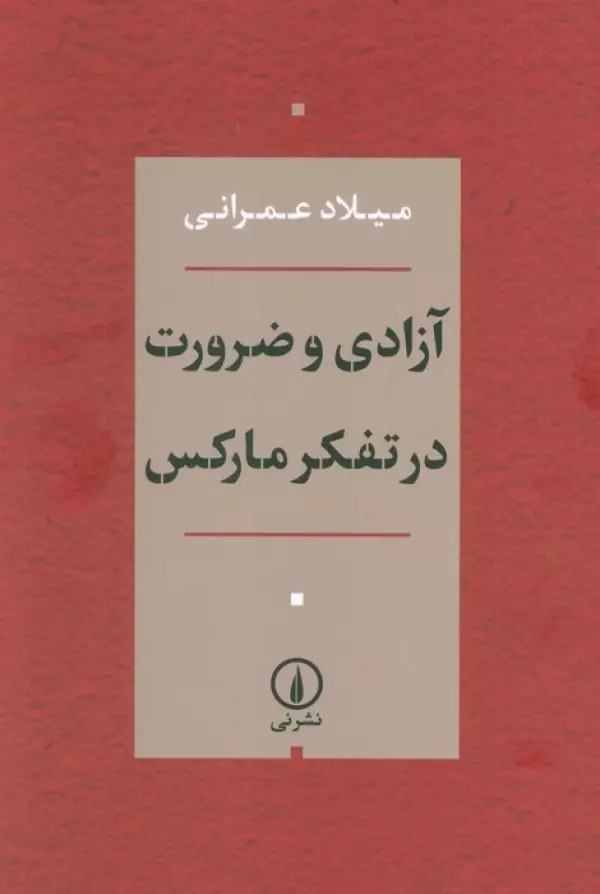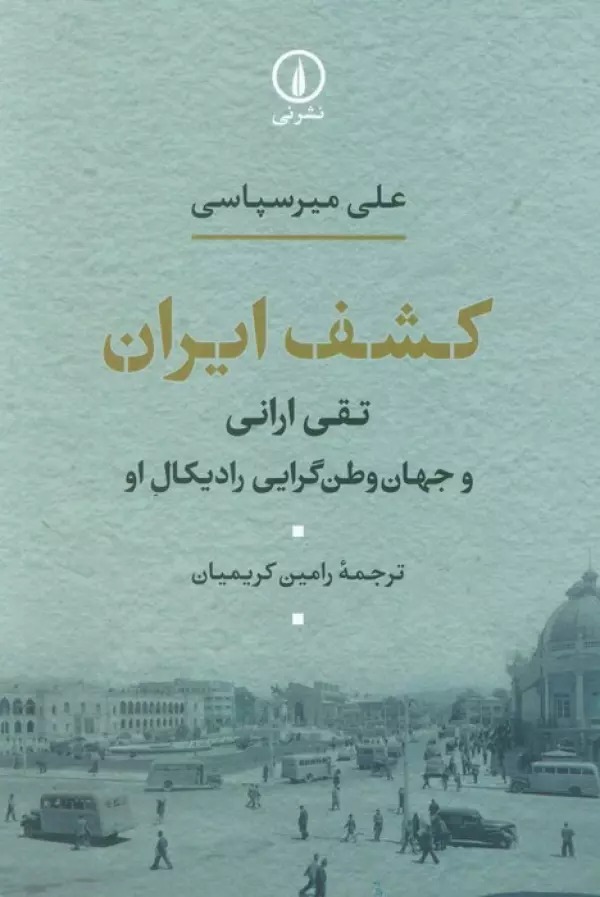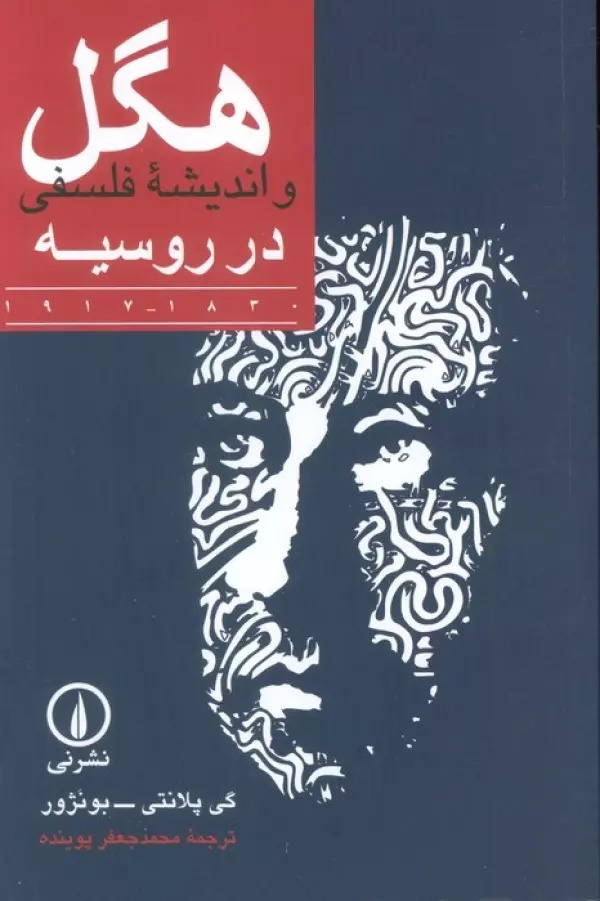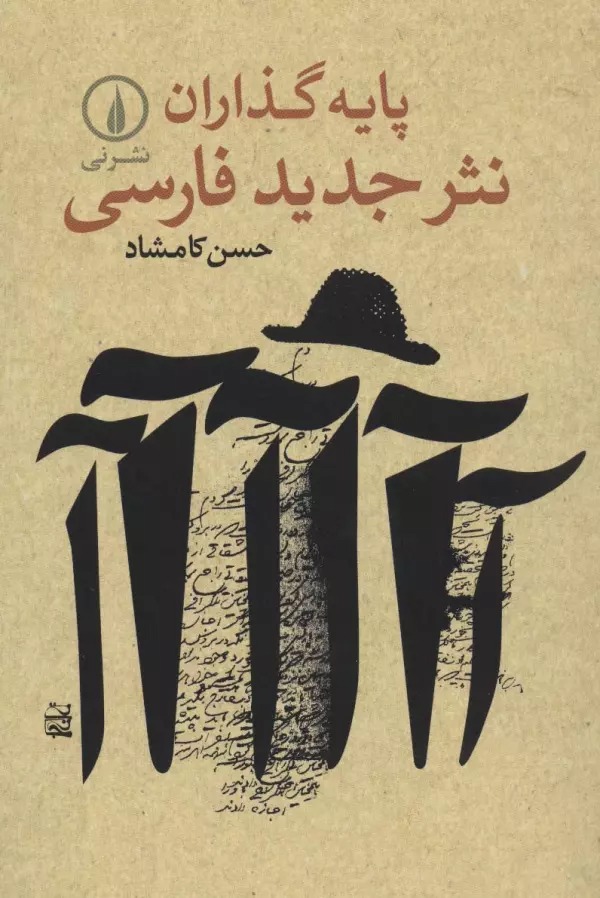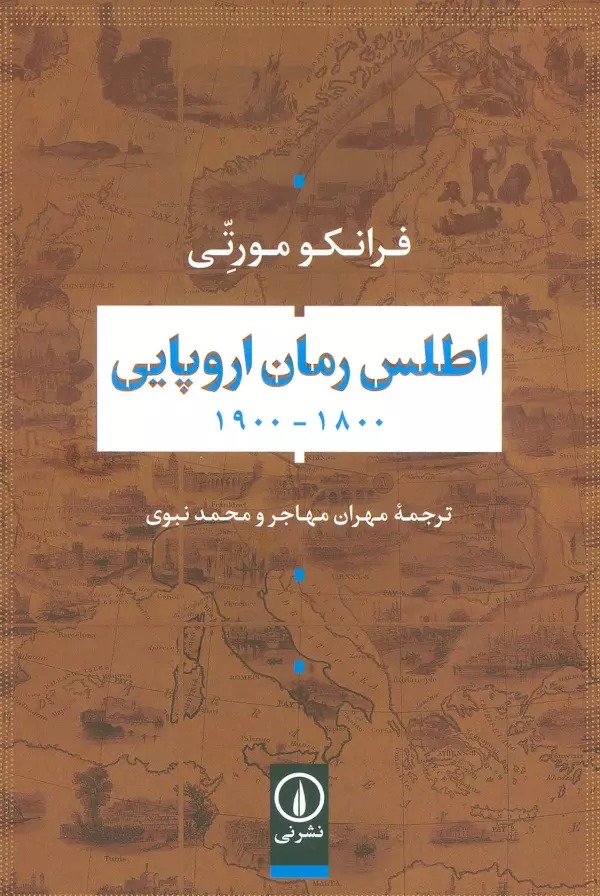Taḥlīl-i Radīf: Bar Asās-i Nut'nivīsī-yi Radīf-i Mīrzā 'Abd'Allāh bā Nimūdār'hā-yi Tashrīḥī: Persiska (Farsi) 1403
تحلیل ردیف: بر اساس نتنویسی ردیف میرزاعبدالله با نمودارهای تشریحی
22,39 $
Dela
Wishlist
Originaltitel:
تحلیل ردیف: بر اساس نتنویسی ردیف میرزاعبدالله با نمودارهای تشریحی
ISBN:
9790802605022
Förlag:
Nashr-i niy
Åldersgrupp:
Vuxen
Sidor:
544
Vikt:
1012 g
Produktmått:
18 x 25 x 6 cm
Bokomslag:
Inbunden
In Iranian music, a work consisting of corners, songs, and devices, which includes a collection of melodies, is called radio, and Iranian music masters have long used it to preserve and teach Iranian music. These works were originally taught orally, with tastes and in various shapes and sizes. This method of teaching is known as the "teaching method breast to breast". Gradually, and especially since the time of written and audio recording of music in Iran, Ridif found a more established form and some of its most complete narrations were known as its narrators.
In a new and unique way, this book analyzes and examines Mirza Abdullah's radio, one of the most authentic narratives of Iranian music and at the same time the most common of them. The characteristic of this method is to look at the row of Iranian instrumental music as a special musical language. By compiling an objective map of the row, the author investigates it from different angles and finally intends to present a special grammar for Iranian music.
Dariush Talai, musician, radio don, researcher, and university lecturer, was born in Damavand city in 1331 in a music-loving family. From the age of eleven, he studied music and participated in the high music conservatory, and in the third year of the conservatory, he became interested in playing the strings. After finishing the conservatory, he started studying music more seriously by entering Tehran Fine Arts College. After graduating in 1355, he started teaching Radif at Tehran University. In 1358, he went to Paris to continue his studies and received his doctorate in musicology from the University of Nantes, France. At the same time as studying in France, he taught at the Center for the Study of Oriental Music, which was affiliated with the Sorbonne. He was also invited to teach at the University of Washington in Seattle. In addition to teaching at Tehran University, he is currently a member of the Faculty of Music of the Faculty of Fine Arts as well as the Faculty of Music of the University of Arts. In addition to publishing books in the field of music and numerous albums, Talai has also held various concerts inside and outside the country.
more
در موسیقی ایرانی کارگانی متشکل از گوشه ها، آوازها و دستگاه ها که شامل مجموعه ای از ملودی هاست ردیف نامیده می شود و استادان موسیقی ایرانی از دیرباز برای حفظ و آموزش موسیقی ایرانی آن را به کار برده اند. این کارگان در اصل به صورت شفاهی، با سلیقه ها و در شکل ها و اندازه های متنوع تدریس می شده است. این شیوه ی تدریس به «روش آموزش سینه به سینه» معروف است. به تدریج و خصوصاً از زمان ثبت نوشتاری و صوتی موسیقی در ایران، ردیف شکل تثبیت شده تری یافت و بعضی از کامل ترین روایت های آن به نام راویانش شناخته شدند.
این کتاب با روشی نو و یگانه ردیف میرزا عبدالله، یکی از معتبرترین روایت های ردیف موسیقی ایرانی و در عین حال رایج ترین آن ها، را تحلیل و بررسی می کند. ویژگی این روش نگاه به ردیف موسیقی دستگاهی ایران به مثابه یک زبان موسیقایی خاص است. مؤلف با تدوین نقشه ای عینی از ردیف، به بررسی آن از زوایای مختلف می پردازد و در نهایت ارائه ی دستور زبان خاصی را برای موسیقی ایرانی مد نظر دارد.
داریوش طلایی نوازنده، ردیف دان، پژوهشگر و مدرس دانشگاه، در سال 1331 در شهرستان دماوند و در خانواده ای موسیقی دوست به دنیا آمد. از سن یازده سالگی به فراگیری موسیقی و شرکت در هنرستان عالی موسیقی پرداخت و در سال سوم هنرستان به نواختن تار علاقمند شد. پس از پایان هنرستان، با ورود به دانشکده ی هنرهای زیبای تهران جدی تر به امر موسیقی پرداخت. پس از فارغ التحصیلی در سال 1355، به تدریس ردیف در دانشگاه تهران مشغول شد. در سال 1358 برای ادامه تحصیل به پاریس رفت و دکتری موسیقی شناسی خود را از دانشگاه نانتز فرانسه دریافت کرد. هم زمان با تحصیل در فرانسه، در مرکز مطالعه ی موسیقی شرق که وابسته به سوربن بود تدریس می کرد. وی یک دوره نیز برای تدریس به دانشگاه واشنگتن در سیاتل دعوت شد. او هم اکنون علاوه بر تدریس در دانشگاه تهران، عضو هیئت علمی گروه موسیقی دانشکده ی هنرهای زیبا و همچنین دانشکده ی موسیقی دانشگاه هنر است. طلایی علاوه بر انتشار کتاب هایی در حوزه ی موسیقی و آلبوم های متعدد، کنسرت های مختلفی نیز در داخل و خارج کشور برگزار کرده است.
more

